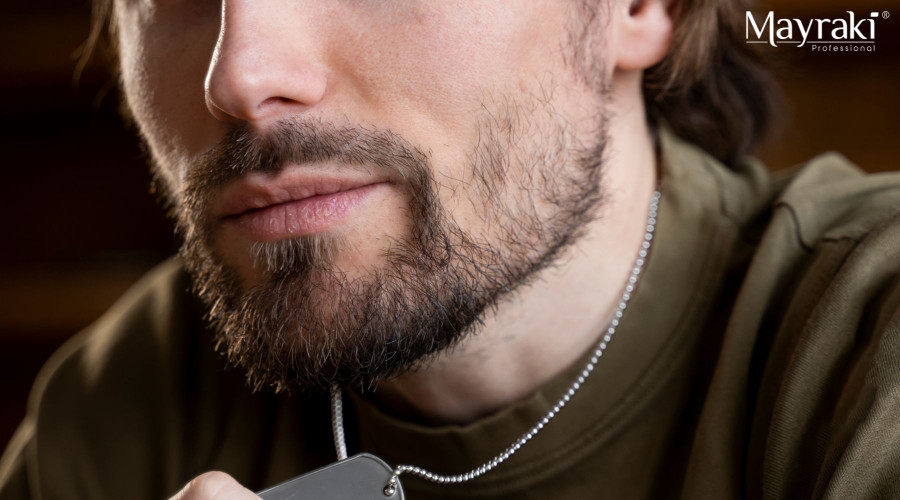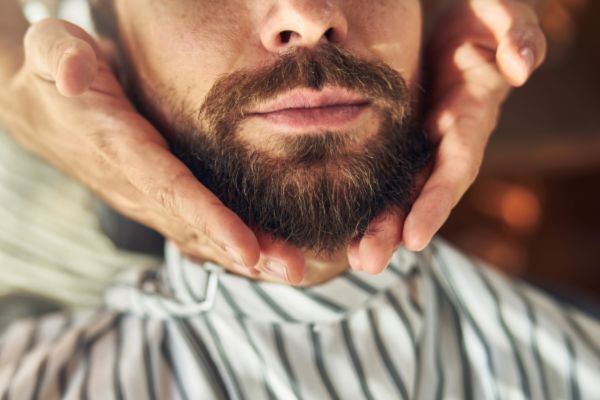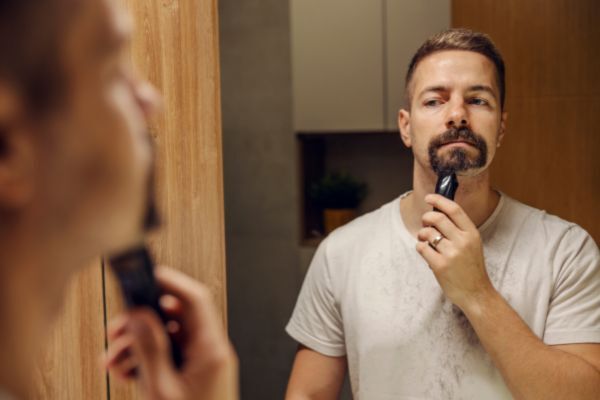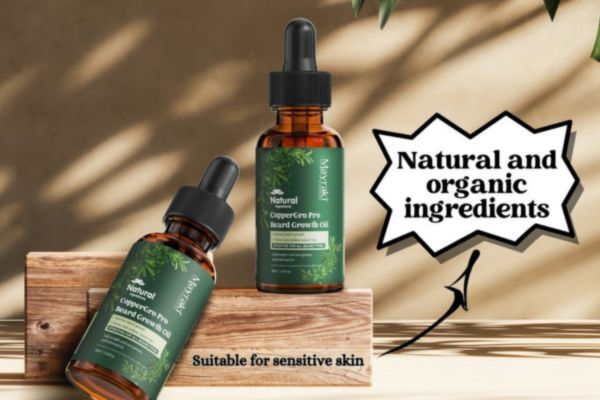Beard Thinning Solutions: How to Deal with Beard Thinning
Jul 15, 2025 | By Edss Tolentino

Beard thinning is a concern many men face at some point in their grooming journey, and it's more common than you might think. The thinning of the beard is due to genetics, stress, hormonal changes. The patchy or thinning areas can be frustrating. The good news? You're not alone and there are effective, natural, and achievable beard thinning solutions that can help you regain both fullness and confidence. Instead of resorting to harsh chemicals or expensive treatments, there are gentler alternatives that work in harmony with your skin and hair.
By understanding what causes beard thinning and adopting the right care habits, it’s possible to improve healthier growth and overall beard density. This blog explores the most reliable options available, so you can build a beard routine that suits your needs and goals. There are no gimmicks, just real, practical steps toward a thicker, healthier beard.
The Cause of Thinning
Knowing the root cause of your thinning beard is the first and most important step in creating a successful regrowth plan. Not all beards are the same, and what works for one person might not be right for another. That’s why identifying why your beard is thinning can help you choose the best beard thinning solutions for your unique needs. Here are some common causes to consider:
-
Genetics
If your family has a history of patchy or thin facial hair, your genes may be playing a role. While you can’t change your DNA, there are still ways to boost beard growth naturally.
-
Hormonal Imbalances
Low testosterone levels can lead to decreased facial hair density. Consider speaking to a healthcare provider or a beard expert if you suspect a hormonal issue.
-
Lifestyle Factors
Poor diet, lack of sleep, stress, and smoking can all impact beard growth. Simple changes to your routine can contribute to beard density improvement.
-
Grooming Habits
Overwashing, using harsh products, or aggressive styling can damage your hair follicles. Gentle beard care for thin facial hair can help strengthen sparse beard strands and prevent further damage.
Natural Beard Thickening for Beard Growth

Once you’ve identified the cause of your thinning beard, the next step is to stimulate growth using gentle,natural and proven techniques. If you're looking for natural beard thickening methods, there are several approaches that can help enhance blood circulation, nourish hair follicles, and support stronger, fuller growth over time. Here are a few natural methods to consider:
-
Beard Massage and Brushing
Regular beard massages using your fingertips or a boar bristle brush can boost beard growth by increasing blood flow to the hair follicles. This simple habit supports follicle health and is a great way to strengthen sparse beard areas.
-
Topical Oils
Essential oils like rosemary and peppermint are popular beard regrowth techniques known to stimulate circulation and promote healthy hair growth. Carrier oils such as jojoba also provide hydration, making them excellent choices for beard care for thin facial hair. These oils work well for those looking for solutions for patchy beard and overall beard density improvement.
-
Dermarolling
A dermaroller is a micro-needling tool that can trigger collagen production and improve nutrient absorption. It’s one of the more advanced yet still natural methods to treat thinning beard issues and encourage new growth. Moreover, use it with caution and sanitize properly. Dermaroller for beard growth is one the best natural new innovations for beard care.
Nutrition and Supplement Approach
Healthy beard growth starts from within. The right nutrients can make a major difference when it comes to beard density improvement and natural beard thickening. If you’re aiming to treat thinning beard issues, it’s important to support your body with the vitamins and minerals it needs to grow strong, healthy facial hair. Here are key nutrients to focus on:
- Biotin: This B-vitamin is a favorite in the world of hair care for its role in strengthening keratin and supporting hair structure.
- Zinc: Crucial for testosterone production and immune health, which can impact hair growth.
- Vitamin D: Supports follicle cycling and hair health because deficiency is often linked to hair thinning.
- Protein: Hair is made of protein (keratin), so a diet rich in lean meats, eggs, nuts, or legumes helps boost beard growth and strengthen sparse beard areas.
You can get these nutrients through whole-food sources like eggs, seeds, fish, and leafy greens, or through high-quality supplements if your diet needs extra support. Just remember, supplements aren’t magic pills. They support your overall wellness but take time to show visible changes, often requiring at least 3–6 months for results. Before starting new supplements, consult a beard care expert to ensure safety.
Tips for Beard-Care Routine

Creating a thoughtful beard care routine can make a positive impact in managing thin or patchy facial hair. While nutrition and regrowth techniques lay the foundation, consistent grooming habits help protect progress and prevent further damage. If you're looking to treat thinning beard issues or solutions for patchy beard growth then starting with daily care is essential. Here are easy-to-follow tips to enhance your routine:
-
Switch to Mild Cleansers and Light Conditioners
Gentle products help maintain natural oils and support beard hair strengthening. Harsh shampoos can dry out skin and weaken strands, so opt for beard-specific formulas instead.
-
Avoid Over-Washing and Harsh Chemicals
Washing your beard too often can strip moisture and lead to breakage. Use sulfate-free products and keep your washing schedule to 2–3 times a week.
-
Trim Regularly
Trimming helps eliminate split ends and encourages neater growth, especially if you’re aiming for a beard style for thin patches.
-
Grooming Tools to Boost Beard Health
To complement your grooming, consider tools like a dermaroller for beard growth. When used properly, it can boost beard follicle stimulation. Also, incorporate beard primer products and lightweight oils to prepare and protect your beard throughout the day.
-
Beard vitamins and Nutrition
Don’t forget your internal support. Follow beard nutrition tips and consider beard vitamins to nourish follicles from within. Understanding the DHT effects on beard growth can also guide your choices in care products.
Wrap-Up

Finding effective beard thinning solutions requires a well-rounded approach that combines smart grooming, targeted nutrition, and mindful styling. Each step plays a role in achieving healthier facial hair, from choosing the right products, stimulating growth naturally and gentle care routine. Patience is key because results don’t happen overnight. But with consistent effort and small lifestyle adjustments, visible improvements are possible. Mayraki CopperGro Pro Beard Growth Oil is a natural, non-invasive grooming product that offers natural beard thinning solutions. Just stay committed to your routine and listen to what your beard needs.




